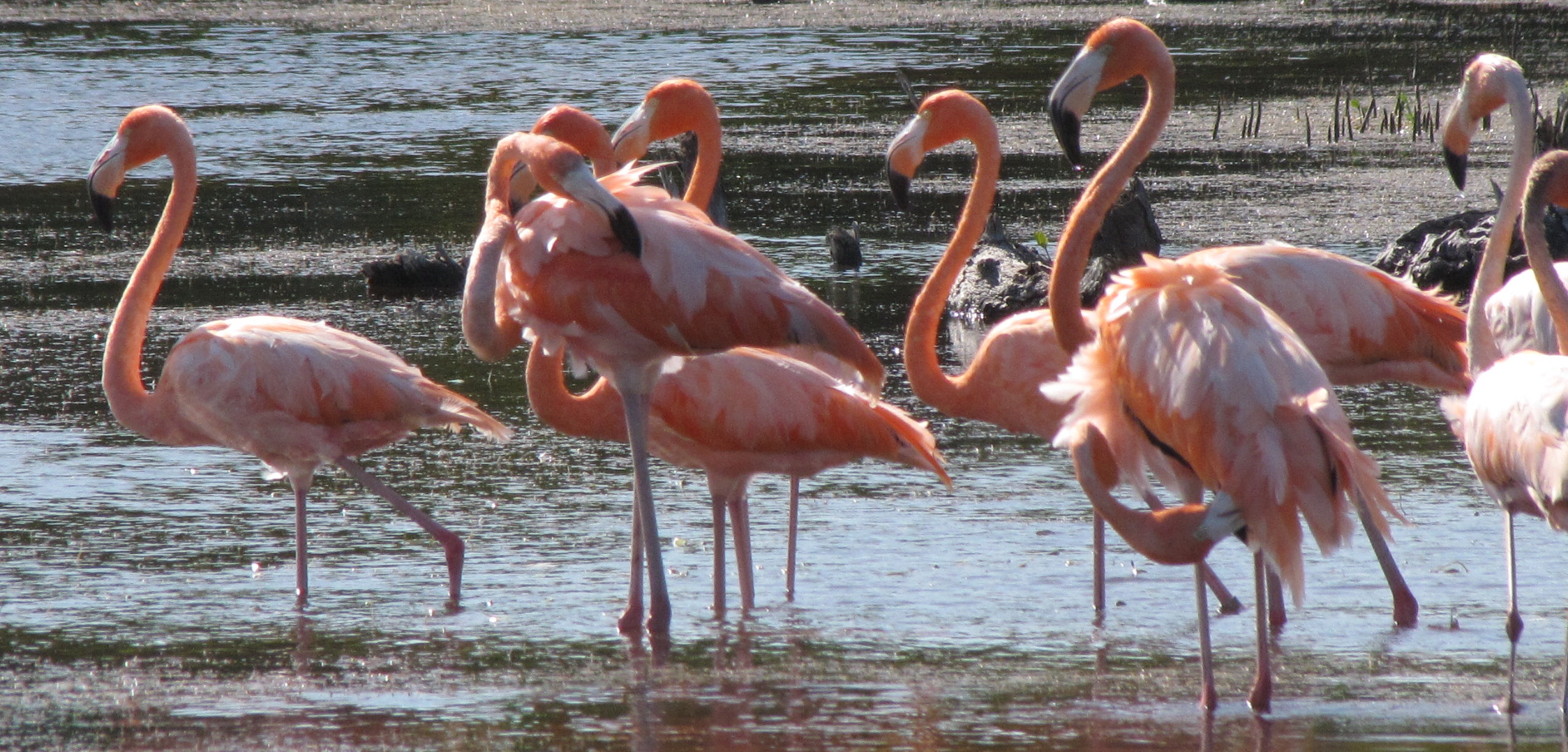
Stone heads of La Venta . The Olmecs. (Walker is well-behind 20-ton sculpture)
We’ve just returned from a wonderful trip, commencing at the Gulf of Mexico, near Villahermosa, gradually moving upland to about 7000 feet, at San Cristóbal de las Casas, in Chiapas – the southern-most state.
Up front, I want to tell readers what a peaceful experience we’ve had, living and traveling in Mexico. Yes, all countries have violence. (Look at daily mass-shootings, of four-or-more victims in schools and churches in US, and compare that to cartel corpses hanging from bridges in Mexico – along with some violent robberies – asking which is worse – not that anyone wishes to compete in these categories!) O, may equality of opportunity come soon, to both lands! AMEN.
From the sculpture park at La Venta, our attentive and thorough tour-guide, Marina Aguirre, took us to the Lacandon jungle where a small number of Mayan families have governed the jungle, and retained many of their ancient cultural practices. We stayed at a welcoming but modest inn, called TOP CHE run by one of these families, and we also visited nearby ruins on the mighty Usumacinta River, by boat, not by “rafting”.







Looks like a most wonderful trip. Looking forward to getting out and about the ruins. Might even try the rafting. . .
The Olmecs are one of my favorite mysteries. Nobody knows where they came from when they rolled in from the coast, and nobody knows where they went when the native Mexicans got tired of them and drove them back into the sea. They had the wheel and ironworking, technologies that were lost with them. One of the riches possible archeological Olmec sites was dug up in the ’40s for oil exploration and it’s gone forever now.
“Fire and blood : a history of Mexico” / T.R. Fehrenbach